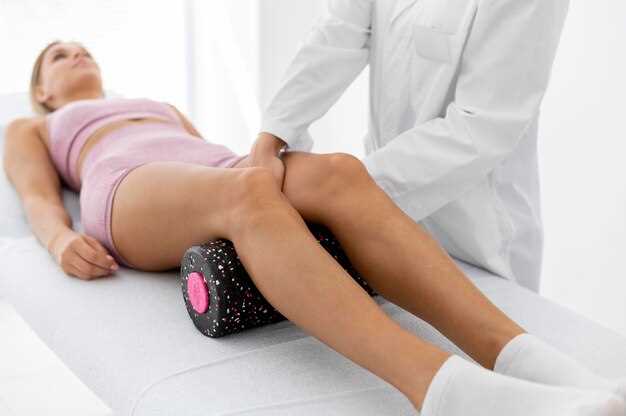
Atorvastatin paresthesia is a groundbreaking solution for those suffering from numbness and tingling sensations. Are you tired of experiencing these uncomfortable symptoms? Look no further! Our innovative formula has been specifically designed to provide relief and restore normal sensation to your body.
With Atorvastatin paresthesia, you can finally say goodbye to the constant frustration and discomfort caused by paresthesia. Our product is backed by years of research and development, ensuring its effectiveness and safety.
Experience the difference for yourself and regain control of your body.
Don’t let paresthesia hold you back any longer. Try Atorvastatin paresthesia today and reclaim your freedom!
Symptoms and causes
Atorvastatin paresthesia, also known as tingling or numbness, can be a side effect of taking the medication. This is due to the way atorvastatin works in the body to lower cholesterol levels.
Symptoms
The most common symptom of atorvastatin paresthesia is a tingling sensation in the hands, fingers, feet, or toes. This sensation may also be accompanied by numbness or a “pins and needles” feeling. Some individuals may also experience a burning or prickling sensation.
Causes
Atorvastatin is a medication prescribed to lower cholesterol levels in the blood. It works by inhibiting an enzyme in the liver that is responsible for producing cholesterol. While atorvastatin is generally well-tolerated, it can cause side effects in some individuals. Paresthesia is thought to occur due to the medication’s impact on nerve function.
Other contributing factors to atorvastatin paresthesia may include individual sensitivity to the medication, dosage, and duration of use. It is important to note that these side effects are generally temporary and may resolve on their own once the body adjusts to the medication.
If you experience persistent or severe paresthesia while taking atorvastatin, it is important to consult with your healthcare provider for further evaluation and guidance.
Diagnosis and treatment
Diagnosing the condition of atorvastatin paresthesia involves a comprehensive evaluation of the patient’s symptoms and medical history. The healthcare provider may also conduct a physical examination and order laboratory tests to rule out other potential causes.
Once diagnosed, the treatment for atorvastatin paresthesia focuses on managing and alleviating the symptoms. This typically involves discontinuing the use of atorvastatin and switching to an alternative medication. However, it is essential to consult with a healthcare professional before making any changes to the medication regimen.
In addition to medication adjustments, there are several lifestyle changes and strategies that can help manage the effects of atorvastatin paresthesia on daily life. These include:
- Avoiding trigger foods and substances that may exacerbate symptoms
- Engaging in regular exercise and physical activity to improve circulation
- Practicing stress-reducing techniques such as meditation or deep breathing
- Utilizing over-the-counter pain relief options, under the guidance of a healthcare professional
It is important to note that each individual’s experience with atorvastatin paresthesia may vary, and the effectiveness of different treatments may also vary. Therefore, it is crucial to work closely with a healthcare provider to develop a personalized plan for diagnosis and treatment.
Effects on daily life
Living with atorvastatin paresthesia can have a significant impact on daily life. Paresthesia refers to abnormal sensations or tingling in the hands, feet, or limbs. This can cause discomfort and affect a person’s ability to perform everyday tasks.
Some common effects of atorvastatin paresthesia on daily life include:
| Effect | Description |
|---|---|
| Difficulty in fine motor tasks | Paresthesia can make it challenging to perform activities that require precise movements, such as writing, typing, or buttoning clothes. |
| Sleep disturbances | The sensation of tingling or numbness can disrupt sleep patterns, leading to difficulty falling asleep or staying asleep throughout the night. |
| Decreased quality of life | Living with constant or recurring paresthesia can impact one’s overall quality of life, causing frustration, irritability, and even depression. |
| Reduced mobility | Severe paresthesia can limit a person’s ability to move comfortably, walk, or engage in physical activities, thereby impacting their independence and overall well-being. |
It is important for individuals experiencing atorvastatin paresthesia to seek medical advice and explore management strategies to minimize the impact on their daily lives.
Prevention and management strategies
To prevent and manage symptoms of Atorvastatin paresthesia, it is important to follow certain strategies that can help alleviate discomfort and improve overall well-being. Here are some tips to consider:
1. Speak with your healthcare provider
If you experience any unusual sensations or symptoms while taking Atorvastatin, it is crucial to consult with your healthcare provider. They can evaluate your condition, provide necessary guidance, and make any necessary adjustments to your treatment plan.
2. Adhere to the prescribed dosage
It is important to take Atorvastatin exactly as prescribed by your healthcare provider. Avoid skipping doses or taking more than the recommended amount, as this can increase the risk of side effects, including paresthesia.
3. Stay hydrated
Drinking an adequate amount of water can help improve blood circulation and maintain nerve health. It is recommended to drink at least 8 glasses of water per day to stay properly hydrated.
4. Maintain a healthy lifestyle
Engaging in regular exercise, following a balanced diet, and managing stress levels can contribute to overall well-being and potentially reduce the risk of developing paresthesia.
5. Avoid triggers
Identify and avoid any triggers that may exacerbate symptoms of paresthesia. These can include certain medications, alcohol, caffeine, or activities that put excessive pressure on nerves.
6. Protect your extremities

If you experience paresthesia in specific areas such as hands or feet, take extra care to protect those extremities from extreme temperatures, pressure, or injury.
By following these prevention and management strategies, individuals taking Atorvastatin can reduce the likelihood of experiencing paresthesia or lessen the severity of its symptoms. However, it is essential to consult with a healthcare provider for personalized advice and guidance.
